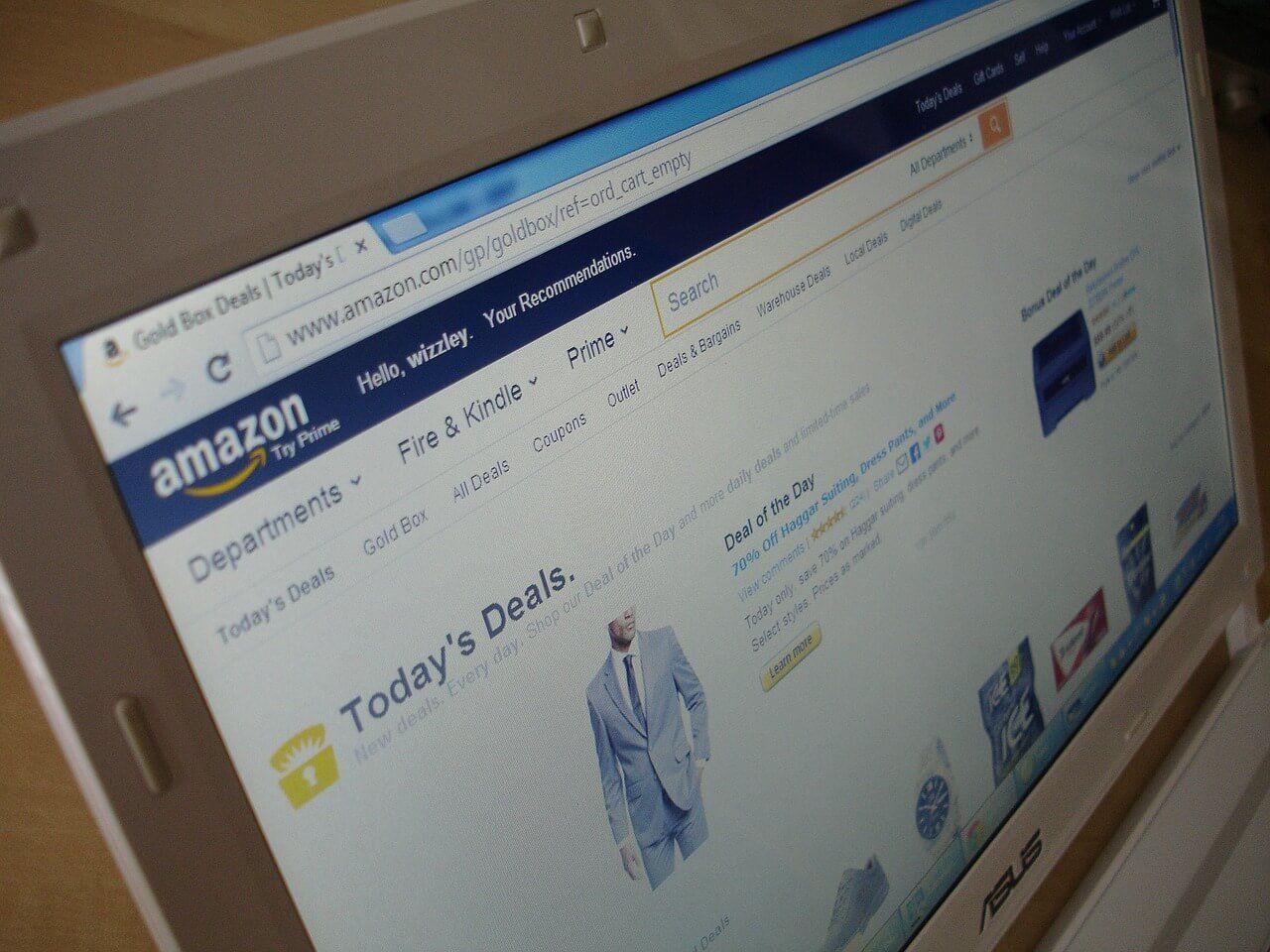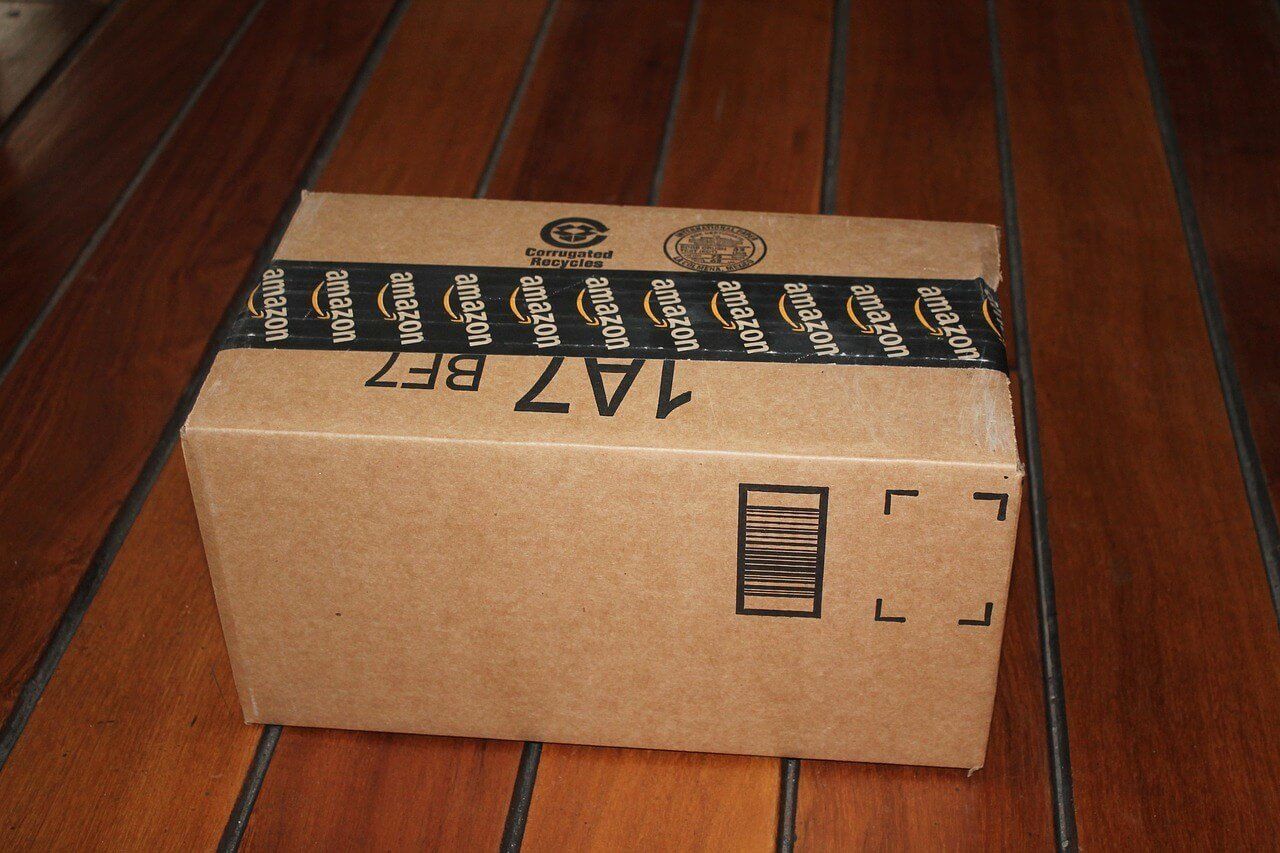Would you like to improve your Amazon ranking and achieve more sales on Amazon? Then our new creation or revision of your seller profile on Amazon is the right partner for you!
We at onehundred.digital make sure that your information and settings are up to date and optimized for your purposes.
This gives you a solid basis for promoting your products to top positions on Amazon and with your potential customers. The aim is to dominate the Amazon Buy Box and get your products into your customers’ shopping baskets with just a few clicks.
At onehundred.digital, your Amazon SEO agency in Berlin, we know how you can achieve your goals and a better ranking.
What sales strategies are there on Amazon?
Seller – Supplier – Hybrid
The seller
The Amazon Seller is Amazon’s traditional marketplace model through Fulfillment by Merchant (FBM). The seller – seller, third-party seller or third-party seller – is responsible for the product offer, pricing, sale and shipment of the goods. This also includes customer service.
One alternative is the Fulfillment by Amazon model (FBA). The goods are stored and shipped by Amazon, which is indicated to the buyer by the note “sold by XXX and shipped by Amazon”. Brand owners also have access to Enhanced Brand Content (EBC).
EBC is an Amazon feature that allows brand owners to change the product description with visually rich content. Sellers can use them to add enhanced images and text placements that convey a brand story. EBC helps you differentiate the offer from the overall niche and is a factor that can improve your conversion rate (CR) and also increase sales.
The supplier
The Amazon supplier is an online retailer – vendor, manufacturer or first-party seller – who sells its products directly to Amazon and not to the end customer. This is made clear to the end customer by the addition “sold and shipped by Amazon.com”. Amazon is therefore solely responsible for sales, shipping and customer service.
The hybrid
The hybrid sales model is a third option for selling on Amazon that combines the seller and supplier models. With this hybrid variant, the respective advantages of the two sales programs can be combined. Products and segments that focus on price stability are sold using the seller model. If it is important to make more sales in order to stand out from the competition, the products are better off in the supplier model. When choosing between the different models, retailers need to be aware of the advantages and disadvantages. The amount of work involved in the hybrid model should not be underestimated. The combined business strategies can make sense, but can also lead to challenges.

Which sales model is better and when?
The question of the right model is not so easy to answer and is very variable. The answer depends on a number of factors, including product range, margins, logistics, stock levels and marketing. In order to decide which program is the right choice – assuming an invitation from Amazon to the seller program – it is advisable to look at your own business goals in detail.
Looking at the developments of recent years, it is clear that a shift from the vendor business to the lower-risk seller business is definitely desirable. One reason for this is the fact that Amazon is reducing its personal seller support (seller and warehouse manager). On the other hand, sellers are provided with more tools for presenting and advertising their products. These include brand stores, sponsored display ads, sponsored brands and, more recently, Vine for Seller (for creating product reviews) and A + Content.
Amazon A+ Content refers to a brand owner’s listing product description that allows them to tell their brand story with enhanced image and video content, such as competitor comparison charts, high quality images and HD videos instead of the typical product description.
In principle, it is still the case that higher sales can be achieved with the vendor model. This applies in particular to strong brands with established products, as these are particularly visible as vendor products on Amazon.
It boils down to this: both the Amazon Vendor and the Amazon Seller offer unique advantages. Which one is right for you depends on your resources as a trader, the level of control you want and the fees you are willing to pay.
What is Amazon SEO?
Amazon SEO means optimizing your product listings so that they appear at the top of the Amazon rankings for all relevant keywords, thereby achieving a better ranking and a high click-through rate.
Amazon SEO = Optimization of product listings = Better Amazon rankings = More visibility = More sales
Amazon rankings are the most important success factors for your company: The higher your ranking, the more you sell!
Why is Amazon SEO important?
The question of which is the world’s largest search engine is easy to answer: That’s right, it’s Google. But do you also know who answers the most search queries for products? Someone is overtaking Google: it’s Amazon. Customers tend to focus on the first page of Amazon search results. As a result, the products with high search rankings receive a majority of the traffic and are easily converted into sales.
In 2019, Amazon generated sales of 280.52 billion US dollars, an increase of more than 20 percent compared to the previous year. At 22 billion US dollars, the company generated around 8 percent of its total turnover in Germany.
The ranking of a product is determined by the A9 algorithm. How does the A9 algorithm work?
All three parties (buyer, seller and Amazon) have a common goal: they all want a transaction to take place!
Amazon’s goal is therefore to develop an algorithm that increases the number of transactions.
However, it is not easy to understand the search algorithm. If you want to analyze the Amazon search in more detail, it is first of all crucial to know the basic rules according to which Amazon acts:
The primary goal of all Amazon’s activities is to maximize sales per customer. Amazon’s goal is not, as is often misinterpreted, to maximize sales with one purchase, i.e. per visit to the platform. Instead, the focus is on customer lifetime value (CLV).
To achieve this, Amazon places the product that is most likely to be purchased by shoppers at rank 1, the second most popular at rank 2 and so on. (for all search terms). In other words, Amazon ranks products based on the likelihood of purchase.
How does Amazon determine the probability of purchase and what are performance factors?
The filtering process (ranking factor: keywords)
The first step is to filter out the items from the entire catalog that match the user’s search query. Amazon compares all the words in the search query with the stored product data for an item. The various product details are weighted differently and are therefore included unevenly in the calculation. Examples of on-page optimization fields that are taken into account are the product title, the attributes (also known as bullet points), the product description, the search terms saved by the retailer in the backend and product information such as color and size. As many search terms also include seller names or brands, the data fields for the brand and retailer name are included in the comparison of Amazon product listings.
The use of suitable keyword tools is essential for keyword research.
On the product overview pages within the categories, users have the option of expanding their search terms with further specific filters. In these cases, Amazon also includes characteristics such as color or price (or a defined price range) in the filtering process.
A product can only be found on the results page of the Amazon search engine (SERP) if the product page contains all the search terms that a potential buyer is looking for.
Keyword optimization with the help of keyword tools ensures that a product can be found in all relevant searches for the keyword. This step is important because it drastically reduces the number of products that Amazon has to sort according to purchase probability.
Sorting by purchase probability (ranking factor: performance)
The performance determines how high your Amazon product is displayed and on which position your product is displayed.
There are three important criteria to look out for:
- The conversion rate (CR) is the most important parameter. Apparently Amazon distinguishes between the probable and the actual conversion rate. If the price of a product is higher than that of comparable products, Amazon would initially rate the product lower, as customers generally prefer low prices. If the real conversion rate is actually higher than predicted, Amazon would adjust its ranking accordingly and place the product higher in the search results list despite the higher price.
- The click-through rate (CTR) from the search engine results pages (SERP) to the Amazon product page also plays a role. You already know this from Google – the higher the CTR, the better an article ranks.
- The third criterion is customer satisfaction. It represents the counterweight to the conversion rate.
These are the 3 most important KPIs for Amazon as they represent the steps users need to take to buy a product. This means that the better your CTR, CR and customer satisfaction for sales for specific search terms or keywords, the higher your product will rank for those keywords.
Amazon SEO and eCommerce SEO with the full-service agency onehundred.digital in Berlin
There are three main levers in Amazon SEO optimization that you can use to influence your success on the platform and significantly increase organic sales:
- With the SEO measures, you will end up in first place in the Amazon product search with the right keywords.
- With BuyBox optimization, you gain popularity on Amazon and dominate the shopping cart field on the product page despite the competition.
- With advertising and promotions, you increase your conversions in the target group and gain visibility.
Our Amazon SEO team analyzes and evaluates your online store in detail with a free Amazon SEO analysis. As soon as we have an overview of your products, your current dealer status and your ranking among your competitors, we will prepare a customized offer for you. We take all relevant factors into account and follow your marketing strategy.
The complete checklist and performance factors for Amazon SEO and higher rankings from onehundred.digital
- Design the pages to be visually appealing.
- Include all information necessary for the purchase decision in the description.
- Tell your customers how they can benefit from your product.
- Don’t think about keywords yet!
- Amazon has specific style guides for each product category. Stick to it!
- Focus on the benefits and the unique selling point.
- Brand, product name, material, color, size, quantity/number (package contents)
- The mobile view is limited to about 70 visible characters, so put the most important information at the top.
- Do not write texts that are too long per point.
- Maximum 200 bytes (approx. 200 characters) per point.
- Include the most important features and benefits -> 1 benefit per point.
- Put the unique selling points in the first 3 points.
- Avoid duplicating the bullet points.
- Tell a story about the product.
- Make the description easy to read, maximum three lines per paragraph.
- Separate paragraphs with <p> Text </p> or <br> (line break).
- Use <b> Text </b> for bold text and headings.
- Enter as much information as possible (e.g. color, size, material), Amazon’s search filter (page navigation) also makes use of this.
- Offer buyers as many high-quality images as possible.
- Make sure that the images have at least 1000 pixels on the long side to guarantee the zoom function.
- As a vendor, you use the 360-degree view.
- As a vendor, you upload appealing product videos.
The main image is probably the most important factor for the click-through rate (CTR), a better CTR also leads to more sales for your product.
- No accessories, props or graphics.
- White background.
- No packaging.
- The product must be completely visible.
- The main image must not contain any text, graphics or illustrations.
- Use as many additional images as possible.
- Images significantly improve your conversion rate.
- Get creative: show your product in action, in its environment, from different angles and how it can help your customer. For example: accessories and packaging – background and surroundings – text and clear graphics.
- If you have registered your brand with Amazon, you can use the extended brand content (Seller) or the A+ content (Vendor) instead of the product description.
- Identify all the most important keywords for your product.
- You can also use Amazon Autocomplete.
- Use competitor lists.
- Use customer reviews of your product or similar products to find out the exact terms buyers use when searching.
- Start your optimization workflow by adding the backend keywords.
- Place the remaining keywords in the product content (i.e. title, bullet points, product description).
- Pay attention to readability, as long as you specify the keyword, your product will be displayed with this keyword in the search.
- The position of your keyword in the content is no longer important.
- Use long-tail keywords often.
- There are two aspects to consider: the number of product reviews and the score of the product reviews (star rating). The higher, the better.
- Optimizing your product page in terms of click-through rate (CTR) and conversion rate (CR) will also improve the performance of your advertising campaigns.
- Amazon PPC improves the organic ranking of your products.
- Amazon PPC is an advertising model in which advertisers pay a fee to Amazon when a buyer clicks on their ad (pay-per-click). Three formats are available: Sponsored Products, Sponsored Brands and Product Display Ads (PDAs).
- Cheap products are not particularly favored by Amazon’s ranking algorithm.
- The price affects your ranking, as it influences both the click-through rate (CTR) in the search result, the conversion rate (CR) and the sales on the product page.
- Create additional traffic and sales for your Amazon listing.
- Create useful landing pages for Facebook ads, Google Ads ads, newsletters, influencer marketing, etc.
- -> Additional traffic-> More sales -> Better product performance -> Higher ranking
- Stay up to date.
- With FBA, your product is available for Prime shipping (unless you use “Seller Fulfilled Prime”).
- Only with Prime shipping can you realize a significant number of sales from the ever-growing number of Prime members.
- If you do not have the Prime label, it is unlikely that Prime members will even click on your product, as the Prime label will already appear in the search results.
- Prime members can even filter out non-Prime products in the search results.
The longer you have your goods out of stock, the greater the likelihood that you will experience a significant slump in the rankings. If you know that the goods will be less, here are two tips:
- Do not increase your prices (significantly): This hurts your CTR, CR and sales and definitely hurts your rankings.
- Use Amazon advertising to boost your rankings again: After you’ve restocked your inventory, use Amazon advertising to generate sales and boost your rankings again.
Are you interested in Amazon SEO for your products? Then get in touch with us today! And realize your dream of owning one of the best-selling products on Amazon!
We would be happy to advise you.
Contact us now!
This might also interest you:
Click here to continue to search engine optimization.
Latest Amazon SEO News:




